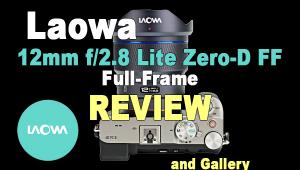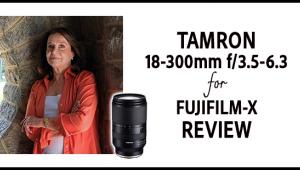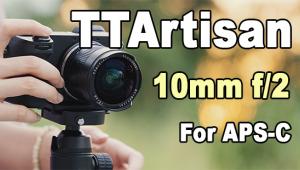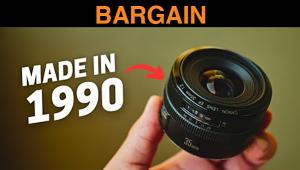Olympus 60mm Macro vs Olympus 30mm Macro Lens Comparison

It’s Macro SmackDown! If the cost were the same, which Olympus macro lens would you buy for your Micro Four Thirds mirrorless camera, the 60mm f/2.8 or the 30mm f/3.5? We shot with both and came to a conclusion that might surprise you.
We love macro lenses. What’s not to love? In addition to their obvious talent of focusing close, macros as a group are sharp in virtually all situations and are multifunctional. Whether by coincidence or just some good mojo, most manufacturers have at least one macro in their lineup that’s quite reasonably priced, too.
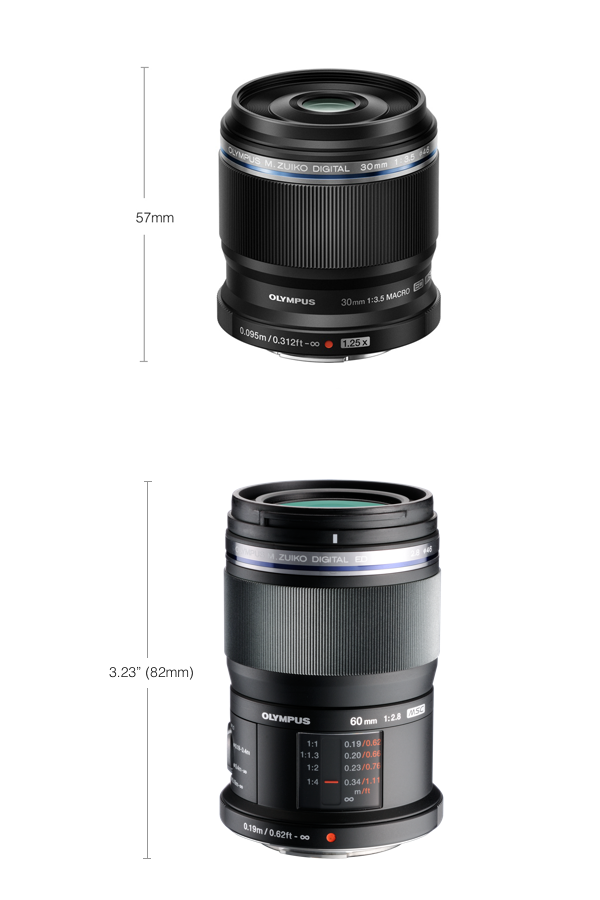
Olympus offers two macro lenses, the Olympus M.Zuiko Digital ED 60mm f/2.8 Macro Lens and the Olympus M.Zuiko Digital ED 30mm f/3.5 Macro Lens. To save you from skipping down to the Price section, I’ll tell you now. The 60mm is usually $499 and the 30mm is usually $299. As this is written, both lenses are being offered by multiple retailers for $50 less, i.e., the 60mm f/2.8 for $449 and the 30mm f/3.5 for $249.
Key Features
The matrix below compares major specifications head-to-head. There’s often confusion about the advantage of a longer macro lens. Some folks assume that a longer macro will allow them to focus closer or magnify the subject more. Note that the 60mm focuses to 7.5 inches (0.19m) whereas the 30mm focuses closer—to 3.7 inches (0.095m).
There’s often confusion about the advantage of a longer macro lens. Some folks assume that a longer macro will allow them to focus closer or magnify the subject more. Note that the 60mm focuses to 7.5 inches (0.19m) whereas the 30mm focuses closer—to 3.7 inches (0.095m).
The major advantage of a longer macro lens (whether we’re comparing the 50mm and 100mm Nikon lenses, Canon’s comparable macros, these Zuiko lenses or any other pair) is increased working distance. Both of these M.Zuikos achieve 1X magnification, also known as “1:1 life-size reproduction ratio” (and in this case the 30mm goes bit beyond that). But by using the longer 60mm lens you can reach 1:1 and be farther away from the subject.
By allowing 2X greater working distance between camera and subject, the longer 60mm Macro provides more space for lights, reflectors, etc. The increased working distance makes it easier to use pop-up light boxes and much more pleasant to photograph venomous reptiles.
Depth-of-field is extremely shallow in all forms of close-up photography, so it’s common to use small apertures—which results in long exposure times. These unavoidable factors compound to wreak havoc on apparent sharpness. Longer lenses magnify camera shake—that’s just physics—so strictly speaking, the 30mm Macro has a slight edge over the 60mm under many conditions. In actual practice, however, any tiny advantage was obscured by the highly effective Image Stabilization system built into Olympus cameras.
The other big advantage of a longer macro lens comes into play when considering alternative applications, which we do next.
Alternative Uses
The 60mm f/2.8 Olympus Macro equates to a 120mm telephoto (translated into the world of 35mm film camera equivalency). That’s a pretty nice focal length for a fast f/2.8 lens. Plus it has a seven-blade circular aperture which provides decent bokeh. It’s a tad too long for portraiture, but I’ve used it in that capacity and gotten great results.
The 30mm Olympus Macro lags in this area. Equating to a 60mm is a bit like a fabulous, rich dessert that’s capable of passing for instant vanilla pudding. In my mind, 60mm equivalency is too long for normal and too short for tele.
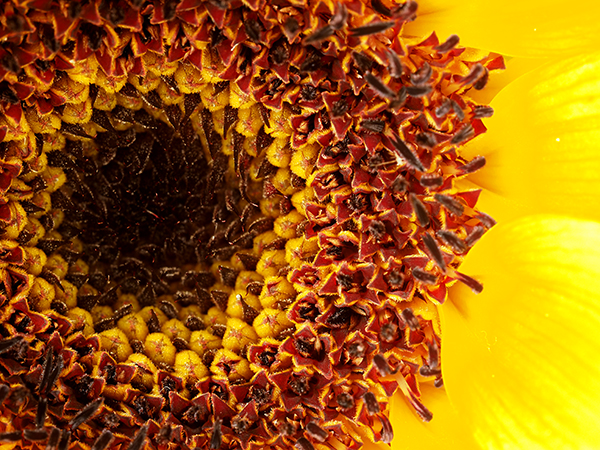
Physical Construction
The 60mm f/2.8 is one inch longer than the 30mm f/3.5 (3.2 vs. 2.2 inches) and two ounces heavier (6.5 vs. 4.5 ounces). The differences sound small but when you consider that both lenses are quite compact to begin with, being about 30% shorter and 30% lighter gives the 30mm f/3.5 a definite edge.
Of greater importance to me, the 60mm f/2.8 is dust-resistant and splash-resistant. Its smaller sibling the 30mm f/3.5 is not. My Olympus camera is similarly splashproof, but that benefit is lost unless the lens is likewise.
The 60mm version features a Focus Limiting Switch that allows you to limit the focusing range and thereby reduce focus seeking when working at close distances. Focus seeking is that annoying time lag that occurs when a lens’s AF grinds back and forth, looking for the correct point of focus. It’s a timewaster and causes missed shots.
So a Focus Limiting Switch is helpful, but the switch must be activated to achieve 1:1 reproduction, and that’s a step that’s not required of the 30mm lens. The 60mm also comes with a deep, reversible lens shade. Both accept 46mm screw-in filters.

Optical Construction
On paper, the 60mm optical design is markedly better. It features 13 elements in 10 groups, including one ED element, one E-HR element and two HR elements. The 30mm is comprised of 7 elements in 6 Groups, with one DSA element, one EDA element and one aspherical lens.
Another plus for the 60mm f/2.8 M.Zuiko Digital ED lens: ZERO coating. Although “ZERO coating” suggests no coating at all, ZERO is an acronym for Zuiko Extra-low Reflection Optical. It’s Olympus’s name for their thin-coating process cultivated from multilayer film disposition technology used in Olympus microscopes. Like most lens coating, its purpose is to suppress internal reflection, minimize ghosts and flares, increase light transmission and add secret sauce to an already tasty recipe.
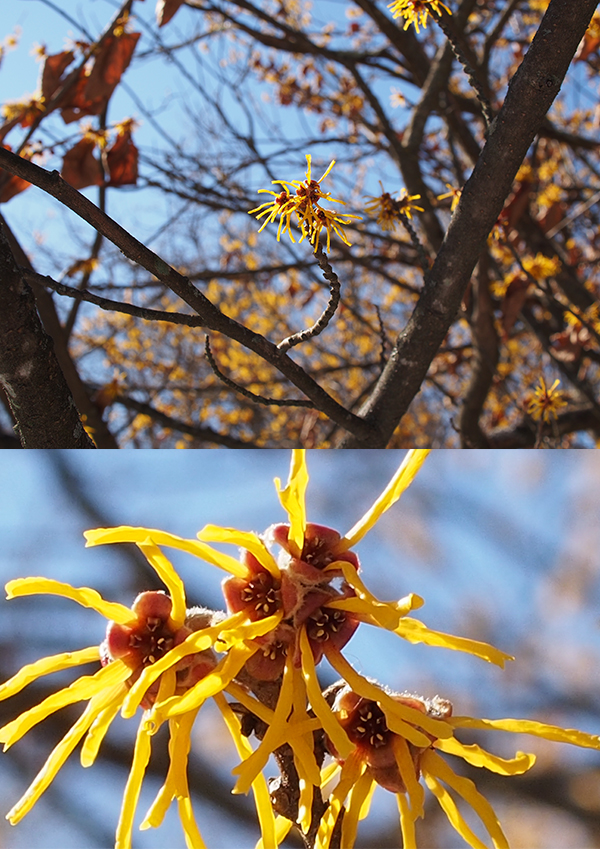
Performance
If you don’t own a true macro lens, you have no idea what you’re missing. Like you, I often read about a photo product or accessory that is “sure to open up new possibilities” and so forth, and sometimes it’s gospel and sometimes it’s goose crap. But when you carry a macro lens, everything is a potential subject. Ice on the window. Pineapples at the grocery. The froth atop your latte. Bugs. Flowers. The pattern left by the strawberry I accidently dropped on the floor.
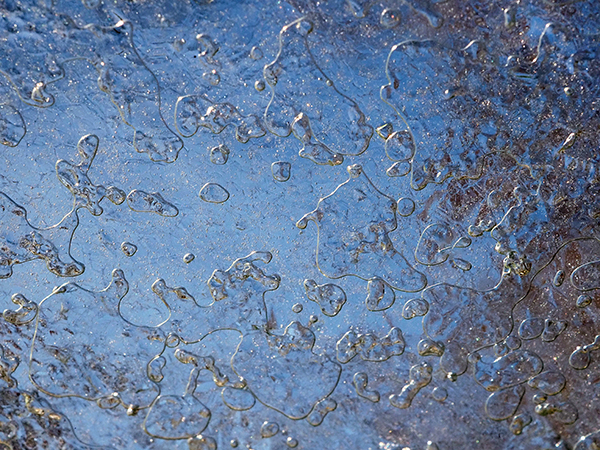
Olympus has a long and illustrious history of making tremendous lenses. I own several of their 1970s-era Zuiko lenses that were made for the original OM-1 film camera. I use them with adapters on my Micro Four Thirds and Fujifilm cameras. I expected great performance from these Olympus M.Zuiko Digital ED Macros and my expectations were met.
Both of Olympus’s macro lenses are superb. Sharpness, color rendition and image contrast simply sparkle. We used two different Olympus mirrorless cameras, an original OM-D EM-5 (16 megapixel) and a new OM-D EM-1 Mk II (20.4 megapixel), to reproduce real-world conditions, and there was nothing that disappointed.
Price
As stated elsewhere, normal prices for these lenses are $499 (60mm f/2.8) and $299 (30mm f/3.5) but occasionally you can catch a sale or special discount. All major photo retailers carry Olympus cameras, and Olympus has a reasonably good online direct-sales store where price and package promotions rule the day.
Conclusion
I began this SmackDown firmly believing that I’d strongly prefer the 60mm f/2.8 M.Zuiko. I liked the size immediately and the equivalent focal length (i.e., 120mm). Looking only at the written specifications, the 60mm seemed better in several ways. Cost aside, I was a bit biased toward the longer macro from the get-go.
But of course, I’m an objective, open minded reviewer. I enjoy having my presumptions overturned because I always learn something new in the process.
So I must declare the Olympus 30mm f/3.5 M.Zuiko Macro the SmackDown winner. Here’s why.
It’s sharp. Shot after shot, regardless which camera I used or what subject I pursued, I got crisp, contrasty images. I’m not saying that the 60mm wasn’t sharp—all I’m saying is that for the type of shooting I did, the 30mm was sharp enough and the 60mm was not sharper.
It’s super compact. The 30mm f/3.5 is only 2.2 inches long and weighs about the same as an uncooked Quarter Pounder with cheese. True, the 60mm f/2.8 is only two ounces heavier, but the difference in overall mass made a difference to me.

Fast and close images were a snap. I was able to shoot food (which I do often in restaurants just for fun and/or family records) from a closer distance. When I used the 60mm Macro in dining situations I found myself fiddling with the Focus Limiting Switch and contorting my back to compose.
Listen, you couldn’t go wrong with either one of these lenses. They’re both excellent. But I’d go with the 30mm f/3.5 and I know I would not regret it.
—Jon Sienkiewicz
